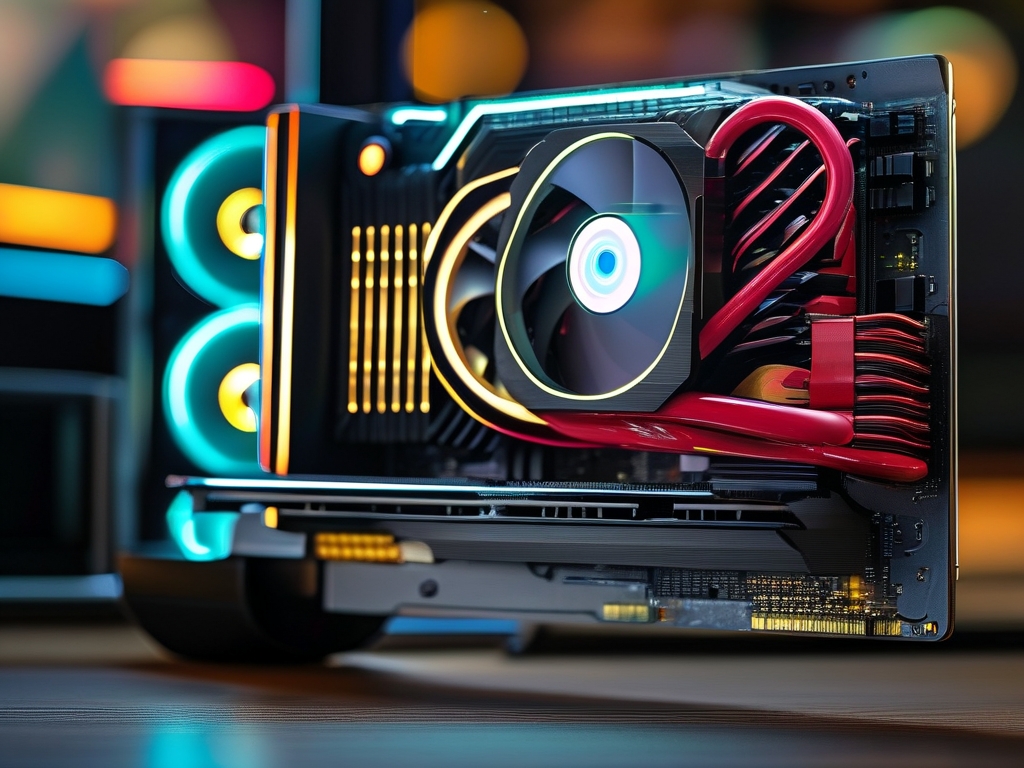As an image algorithm engineer, selecting the right GPU is critical for optimizing workflows in computer vision, deep learning, and computational photography. This guide explores top GPU recommendations tailored to the unique demands of image processing tasks, balancing performance, memory capacity, and cost-effectiveness.

Why GPUs Matter for Image Algorithm Engineers
Modern image algorithms, such as convolutional neural networks (CNNs), generative adversarial networks (GANs), and real-time image enhancement pipelines, rely heavily on parallel processing power. GPUs accelerate matrix operations, reduce training times for AI models, and enable real-time rendering for applications like medical imaging or autonomous vehicles. Key considerations include:
- CUDA Cores/Stream Processors: Dictates parallel computation capacity.
- VRAM: Larger memory (16GB+) handles high-resolution datasets and complex models.
- Tensor Cores/RT Cores: Essential for AI inference and ray tracing.
- Software Compatibility: NVIDIA’s CUDA ecosystem dominates deep learning frameworks like PyTorch and TensorFlow.
Top GPU Recommendations
1. NVIDIA RTX 4090 (High-End Performance)
The RTX 4090 is a powerhouse for demanding tasks, featuring 24GB GDDR6X VRAM, 16,384 CUDA cores, and 3rd-gen Tensor Cores. It excels in:
- Training large-scale vision transformers (ViTs).
- Real-time 8K video processing.
- Rendering photorealistic simulations.
Drawback: High power consumption (450W) requires robust cooling.
2. NVIDIA RTX 4080 (Balanced Choice)
With 16GB GDDR6X VRAM and 9,728 CUDA cores, the RTX 4080 offers 70% of the 4090’s performance at a lower price. Ideal for:
- Medium-sized GAN training (e.g., StyleGAN3).
- Multi-camera sensor fusion algorithms.
- Deploying edge-computing solutions.
3. AMD Radeon RX 7900 XTX (OpenCL/ROCm Workflows)
AMD’s flagship GPU provides 24GB GDDR6 memory and supports OpenCL and ROCm for open-source frameworks. It’s a cost-effective alternative for:
- Traditional image processing (e.g., OpenCV-based pipelines).
- Researchers prioritizing hardware affordability.
Limitation: Less optimized for CUDA-dependent tools like NVIDIA DALI.
4. NVIDIA RTX A6000 (Professional Workstation)
Designed for enterprise environments, the A6000 boasts 48GB ECC VRAM and certified drivers for stability. Key use cases:
- Medical imaging (3D MRI reconstruction).
- Large-batch inference in production systems.
- Multi-user cloud rendering farms.
Budget-Friendly Options
- NVIDIA RTX 3060 (12GB): A budget gem for small-scale CNNs and student projects.
- Used Tesla V100: Available on cloud markets, offering 16GB HBM2 memory for cloud-based workflows.
Technical Considerations
- Memory Bandwidth: Higher bandwidth (e.g., 1 TB/s on RTX 4090) speeds up data-intensive tasks like hyperspectral imaging.
- FP32 vs. FP64: Most image algorithms use FP32 precision, but scientific computing may require FP64 (prioritize AMD Radeon Pro or NVIDIA A-series).
- Multi-GPU Setup: NVLink support (e.g., RTX 4090) enables memory pooling for ultra-high-resolution datasets.
Software Ecosystem Insights
- NVIDIA Dominance: CUDA-accelerated libraries (cuDNN, NVIDIA Optical Flow) provide unmatched optimization.
- AMD’s Growing Tools: ROCm 5.0 now supports PyTorch, but community resources remain limited.
Future-Proofing Your Setup
- Prioritize GPUs with PCIe 5.0 support for next-gen data throughput.
- Opt for models with AV1 encoding (e.g., RTX 40-series) for video algorithm development.
For most image algorithm engineers, the NVIDIA RTX 4090 or 4080 strikes the best balance between performance and cost. Researchers on a budget should consider the RTX 3060 or used enterprise GPUs, while AMD users can leverage the RX 7900 XTX for OpenCL-centric workflows. Always align your choice with framework compatibility and long-term project scalability.


